Virtual World outside of COVID-19
- Chokoon

- May 2, 2020
- 3 min read
Updated: May 21
Quarantine emerged as a necessary precedent in response to the COVID-19 pandemic. The once vibrant outdoors fell into stillness, while the indoors became a suspended state of waiting. In response, we sought to reframe this isolation by digitally bringing the outside in, curating a new normal of well-being through immersive design. This initiative invited users to explore, collaborate, and re-experience the world through a reimagined spatial lens.

Our aim was to explore the potential of virtual reality tools and workflows in capturing real-world environments and translating them into immersive digital experiences accessible from home.
This experimentation was rooted in the desire to bridge physical distance and preserve cultural memory through new media.
One of the case studies we engaged with was the tragic loss of Shuri Castle, a UNESCO World Heritage site on Okinawa, Japan, which was devastated by fire in 2019, destroying its main structures.

These crowdsourced models feature photorealistic textures, as they are constructed using photogrammetry, a technique that captures accurate spatial data from the physical environment by integrating drone imagery, laser scanning, and aerial photography.



This technology is widely adopted in the modern video game industry, where developers utilize photogrammetry to generate high-fidelity textures for 3D modeling, animation, and interactive environments. It streamlines workflows, reduces production time and cost, and enhances the overall visual realism and spatial accuracy of digital content.

Conversely, we integrated this technology with a social virtual reality platform called Sansar, enabling users to reestablish social connections by exploring reconstructed virtual landmarks, facilitating shared spatial experiences without the need for physical proximity.


Also to have some fun...


At present, these environments are being used primarily for internal testing. However, the development workflow has opened up a wide range of possibilities, including the potential to host immersive virtual events on an unprecedented scale.
For example, many universities, cultural institutions, and private organizations traditionally hold annual exhibitions, academic showcases, and celebratory gatherings to highlight collective achievements. Transitioning these events into virtual spatial environments offers an innovative alternative that transcends physical limitations.

Unfortunately, these annual gatherings were significantly disrupted by the COVID-19 pandemic in 2020. Physical interaction and communal celebration were heavily restricted, forcing institutions and communities to reconsider how they connect and engage. As a result, virtual media and online platforms emerged as essential alternatives, offering new modes of collaboration, communication, and spatial experience in a time of physical distancing.
For example, a virtual reality exhibition can serve as a shared spatial interface, connecting individuals from across the globe to gather and exchange ideas freely.
This prototype environment was developed to explore the feasibility of hosting a virtual architectural pin-up, simulating the dynamics and spatial experience of a traditional critique session within a social virtual reality platform.

Credits:
Social Virtual Reality Platform called Sansar
Notre Dame Cathedral 3D by Raiz, Sketchfab
Shuri Castle 3D by Raiz, Sketchfab
Fontana di Trevi 3D by Raiz, Sketchfab
Bagan Khayiminga temple 3D by Miguel Bandera, Sketchfab
Galerie d'Apollon 3D by Benoît Rogez, Sketchfab
Sansar is a social virtual reality platform which opens you up for new destination, virtual events, and entertainment. Here you can attend shows from anywhere in the world, see your favorite artists like never before, and experience events that defy the laws of space and time. Be part of their creative community at https://www.sansar.com/
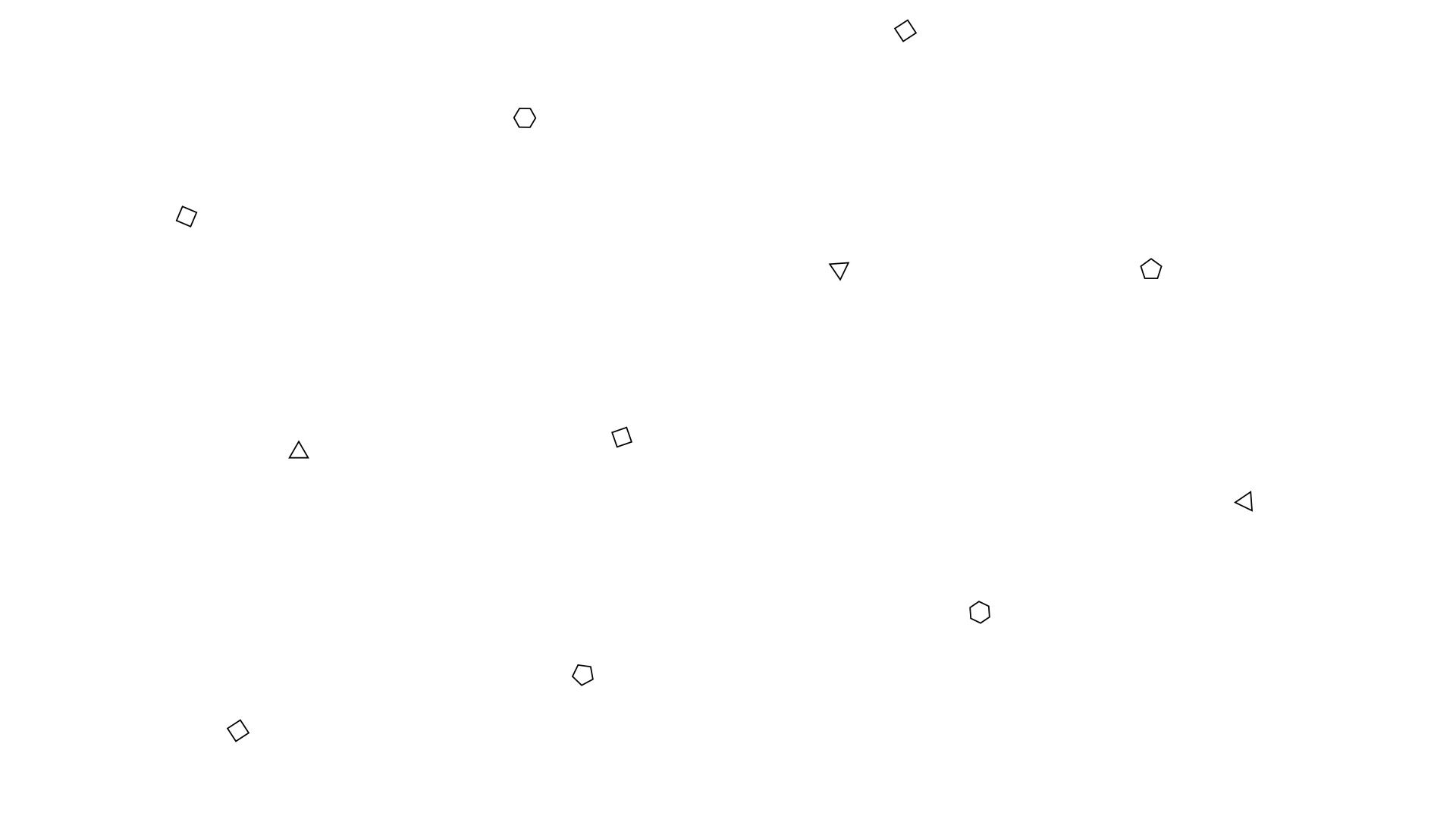

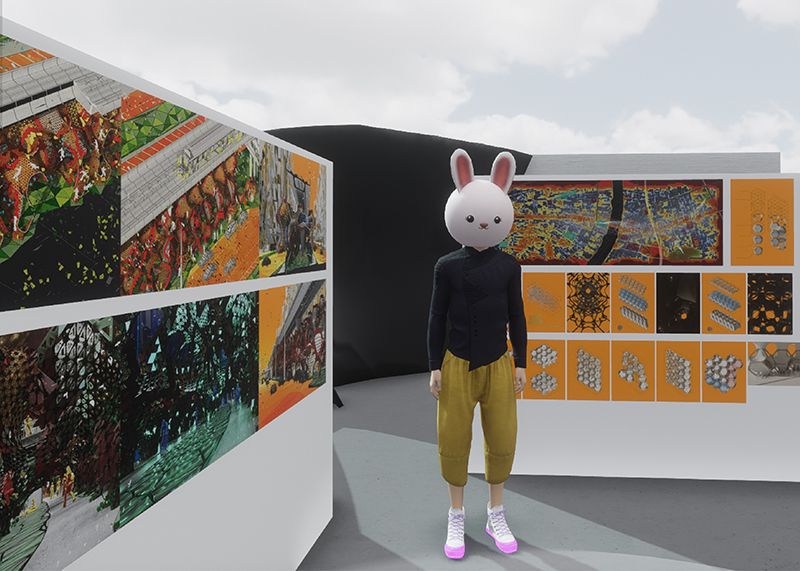

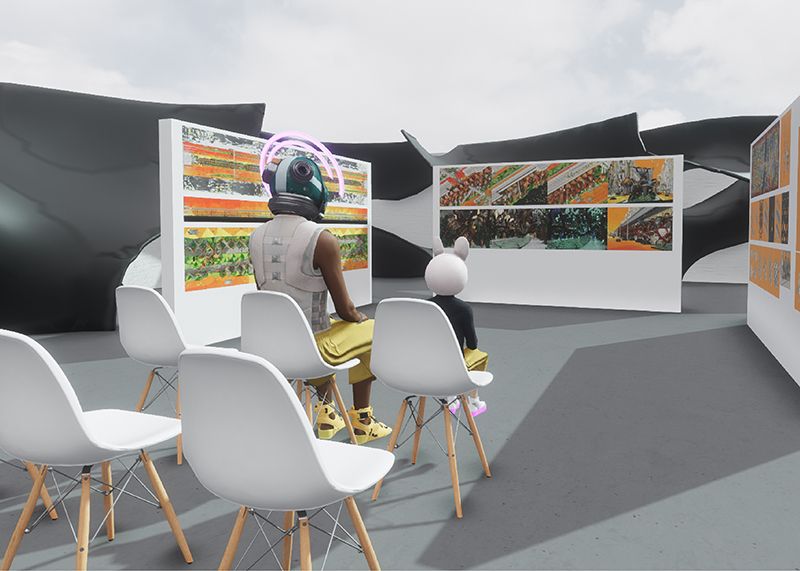

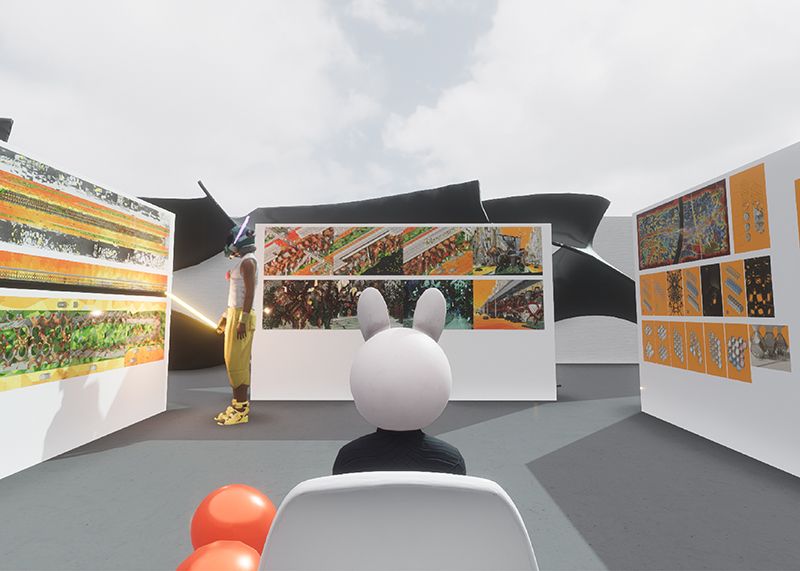

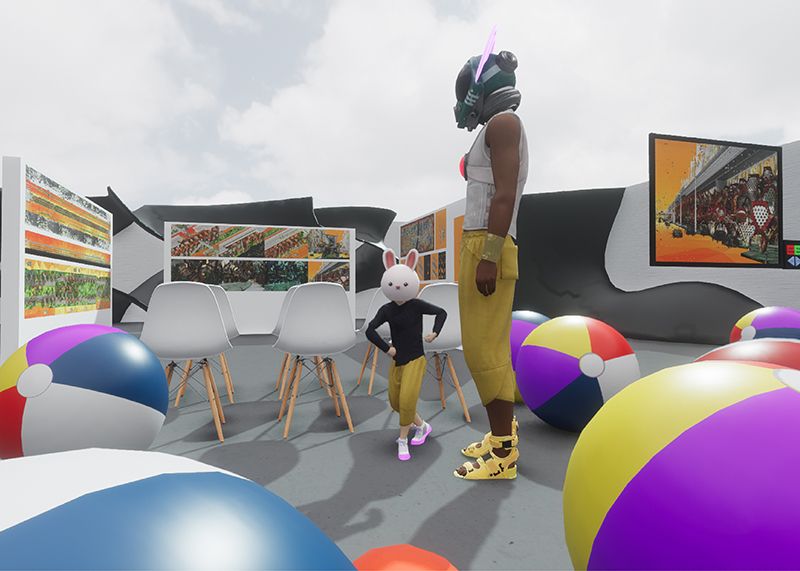

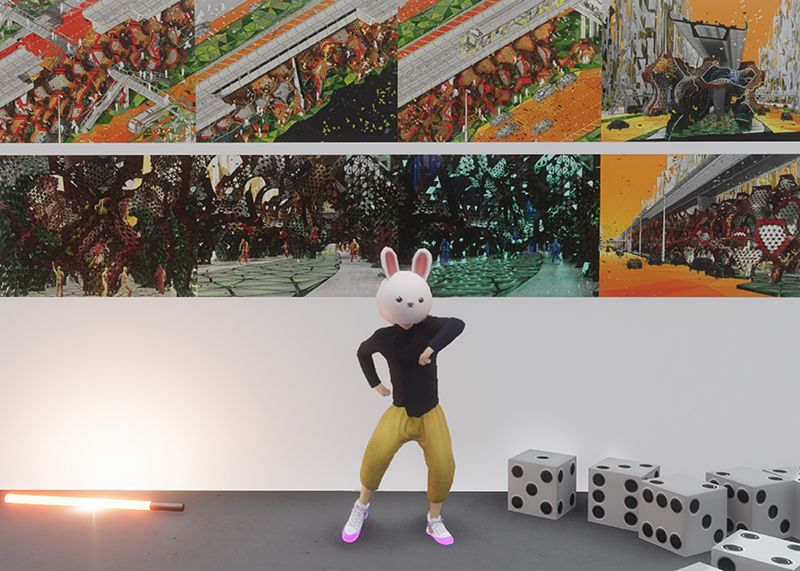

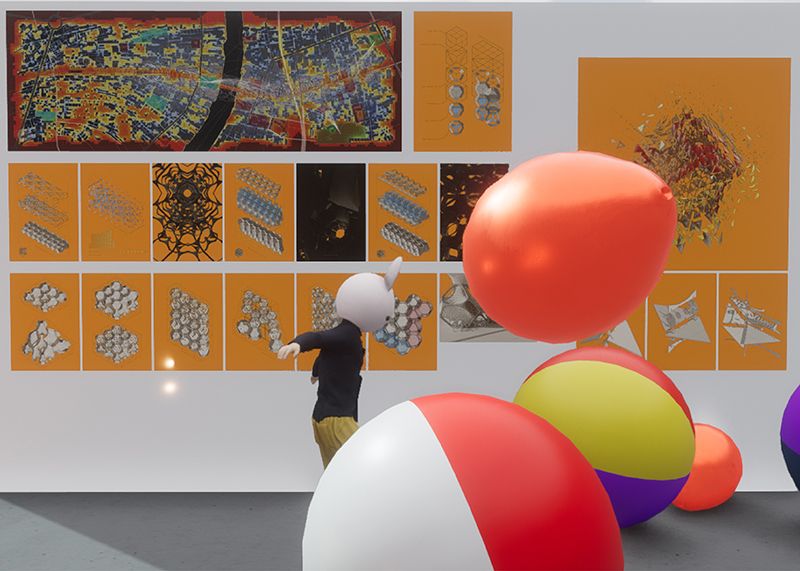

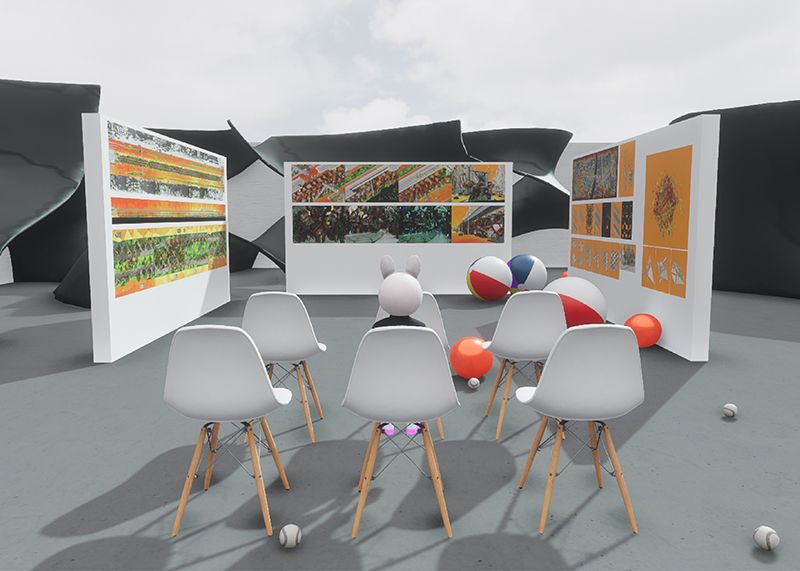

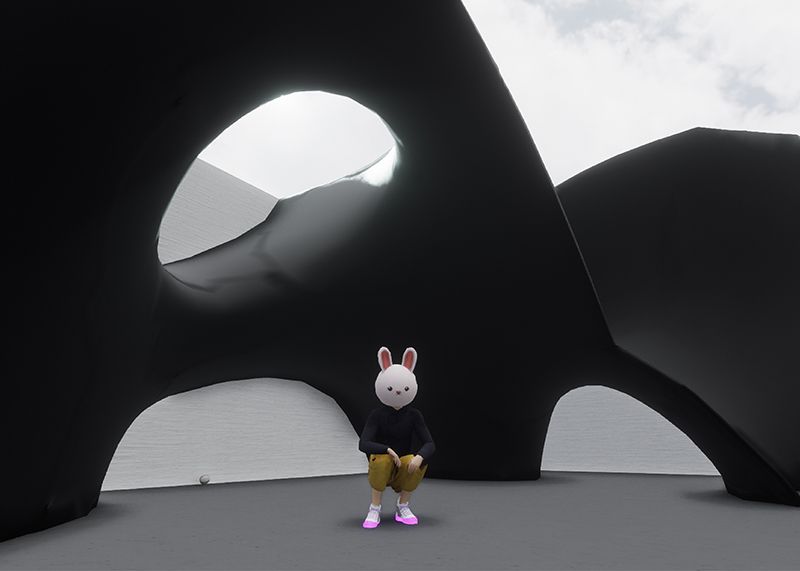

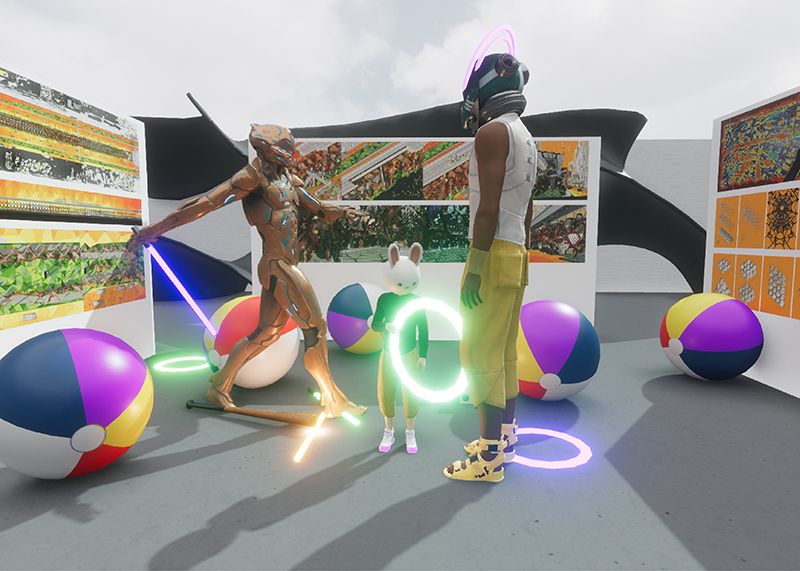





Comments